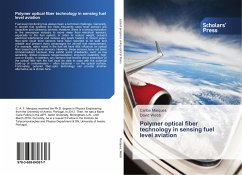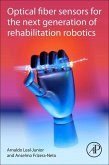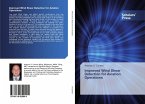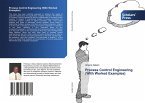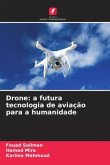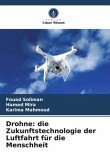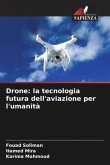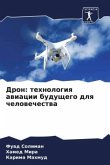Fuel level monitoring has always been a technical challenge. Generally, in aircraft fuel systems the most frequently used level sensors are capacitive and ultrasonic devices. However, there is a strong motivation in the aerospace industry to move away from electrical sensors, especially in the fuel system, in order to reduce weight, prevent electrical interference and remove any spark hazard. In recent years, fiber-optic liquid level sensors have been reported to be safe and reliable and present many advantages for aircraft fuel measurement. For example, water mixed in the fuel will have little influence on optical fiber based liquid level sensors. However, these sensors have not been commercialized because they exhibit some drawbacks, such as low sensitivity, limited pressure range/resolution, long-term instability, high cost or fragility. In addition, any sensors that involve direct interaction of the optical field with the fuel must be able to cope with the potential build-up of contamination - often bacterial - on the optical surface. Fortunately, polymer fiber-optic technology can provide another alternative as is shown here.
Bitte wählen Sie Ihr Anliegen aus.
Rechnungen
Retourenschein anfordern
Bestellstatus
Storno

